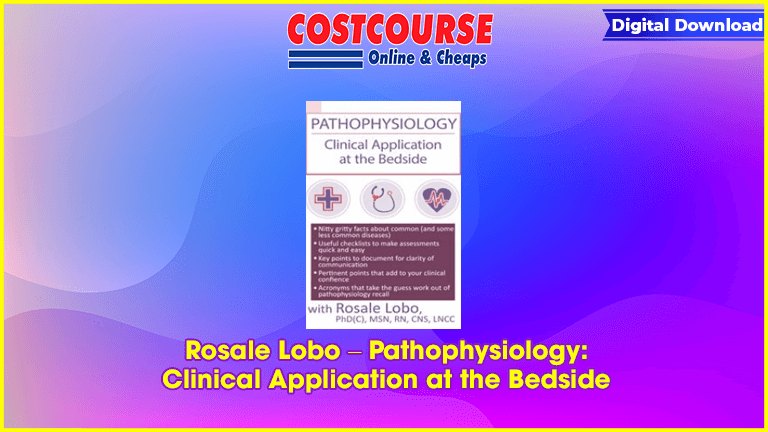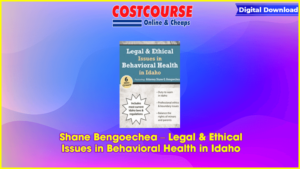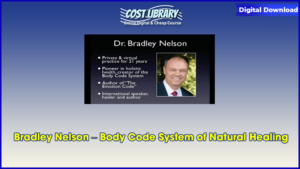Description
Sarah ran into the break room obviously upset. “I’m frazzled,†Sarah said. “When a patient presents with a less common condition or disease, it seems impossible to try to keep the pathophysiology, interventions and related treatments all straight. I want to give the best to my patients, but struggle to keep on top of everything.â€
Rosale Lobo – Pathophysiology: Clinical Application at the Bedside
In your clinical position, you are generally competent; however, there are times when an assignment comes your way that gets your stomach turning. Oh dear, what does it mean when someone has had a Whipple procedure? Or does a patient with a parathyroid disease need more or less calcium; what are the signs of hypocalcaemia? What are the signs and symptoms of myasthenia gravis? And what about the questions from patients’ loved ones… How is it best to educate lay people about diseases when the internet plays such a huge role in information sharing?
Relax and enjoy a day of pathophysiology with Rosale Lobo, PhD(c), MSN, RN, CNS, LNCC. Rosale has a wonderful way of making this information interesting, fun and practice-changing! Learning will happen through an interactive approach that uses case studies, open discussions, media and anecdotal experiences to bring lessons to life. You are guaranteed to experience revitalization of your clinical competence and mastery of some very challenging disease facts.
Handouts
Webcast Manual (5.79 MB) 88 Pages Available after Purchase
Outline
Descriptive Analysis of Human Functions
Pathology of disease
Homeostasis
Evidence-based practice
Regulatory language of diseases to increase visibility of severity of illness
Digestive Malfunctions – When Food Doesn’t Always Equal Fuel
Significant data to increase quality care outcomes
Pancreatic disruptions
Major GI organ failures
Hepatic disturbances
Metabolic and Endocrine – Hormonal Imbalances
Meaningful signs and symptoms for quality care
Type 1 diabetes instabilities
Type 2 diabetes & chronicities
Balancing disharmonious systems
Cardiovascular Imperfections – When Circulation is Disrupted
Identifying key assessment criteria for excellent care
Failures of the heart
Vascular insufficiencies
Coagulation cascades
The Flow of Urinary Movement – Diminishing Filtration
Educational conversations to support changes in body image
Obstructions along the pathways
Diversions and appliances
Respiratory Fluctuations – Conditions in Airflow
Documentation language that clarifies care provided
Constricted airways
Conditions of excessive secretions
Foreign obstructive irritants
Alterations in Neurological Functions – When Thinking & Doing is Tough
The latest modalities to ease mobility and cognitive dysfunctions
Injuries of the brain
Spinal cord disturbances








